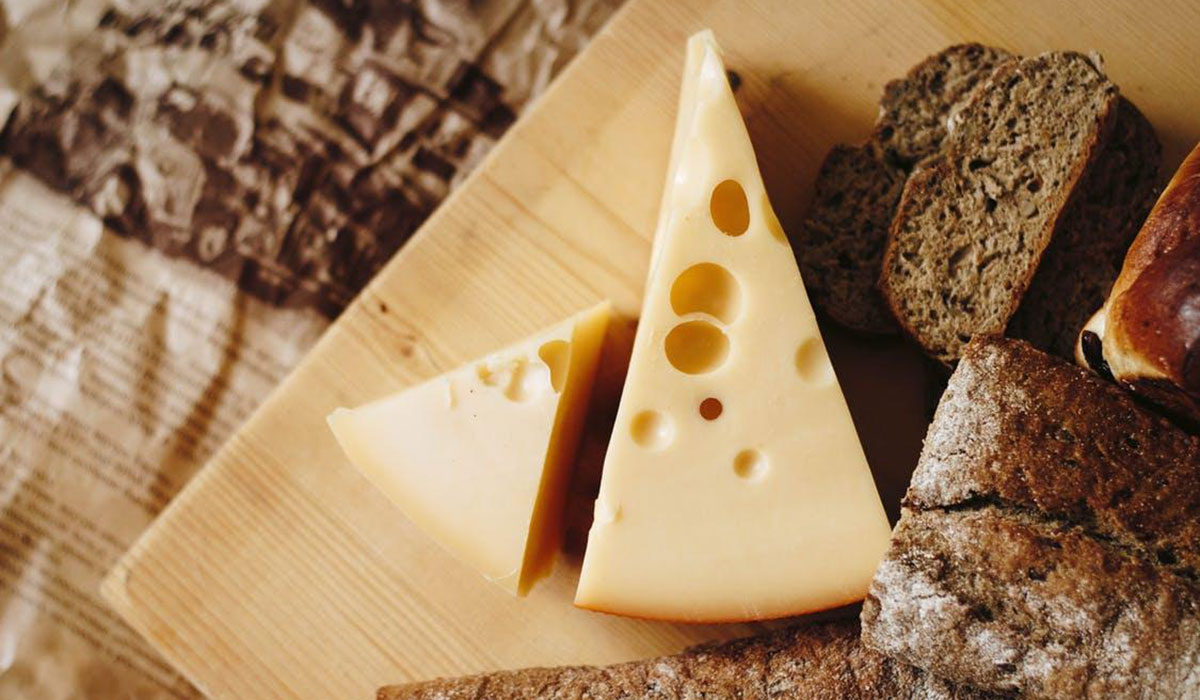This covers all applications of waxes of all kinds- for example, the use of wax in tyres, where it is used to insulate the tyres against ozone in order to prevent cracking and chipping, demand is expected to grow by between 7 and 8 percent this year and next in terms of volume. Escalating OEM requirements are one of the drivers of this growth, as well as stable replacement demand, with bus and truck replacement demand set to increase by 5 percent in 2018. This boost to the tyre industry will help the global wax industry as a whole.


Asia Pacific is seeing growth due to the use of wax in the textile industry, with China in particular accounting for 39% of exports in the region.
And, of course, candles are still a very important factor- candles of all kinds have traditionally been one of the biggest uses of wax around the world, and that shows no sign of changing any time soon. In Europe, demand is growing for mosquito repellent candles, in part due to the appearance of tiger mosquitoes and the threat of West Nile fever. Candles are becoming more popular than mosquito coils due to their lower emission of dirt and smoke, boosted by the market-pleasing addition of natural raw materials such as eucalyptus oil and citronella.
